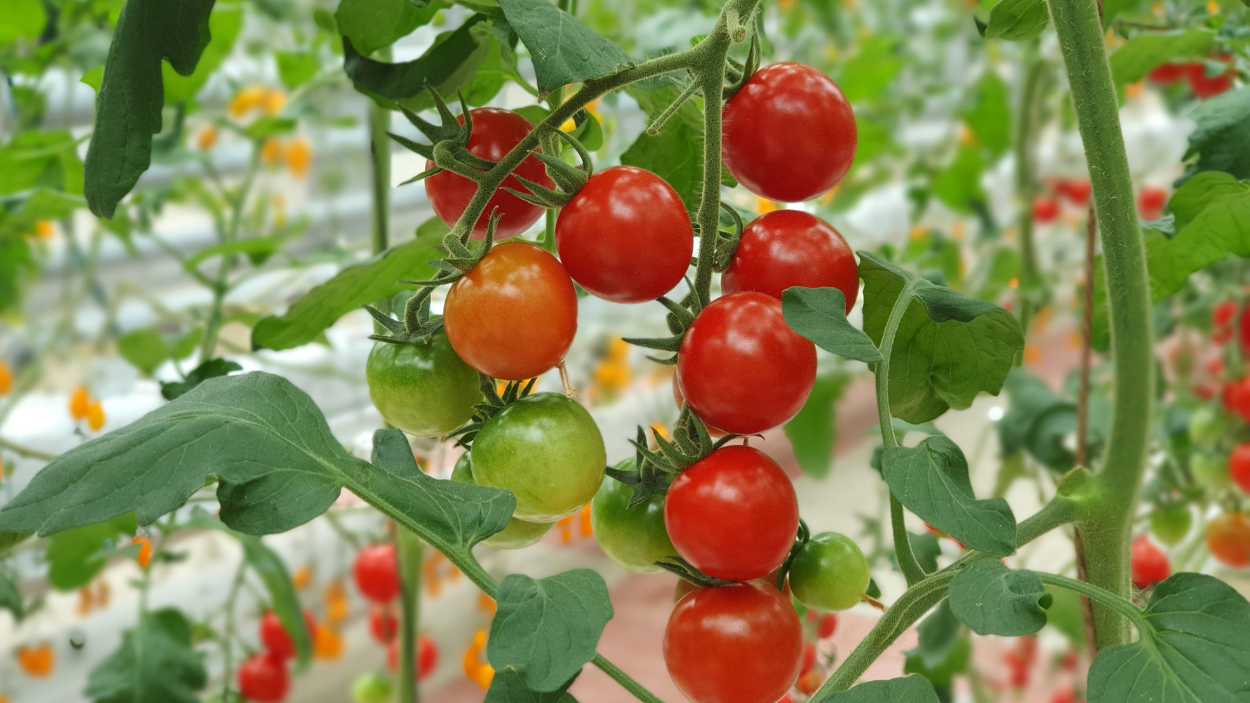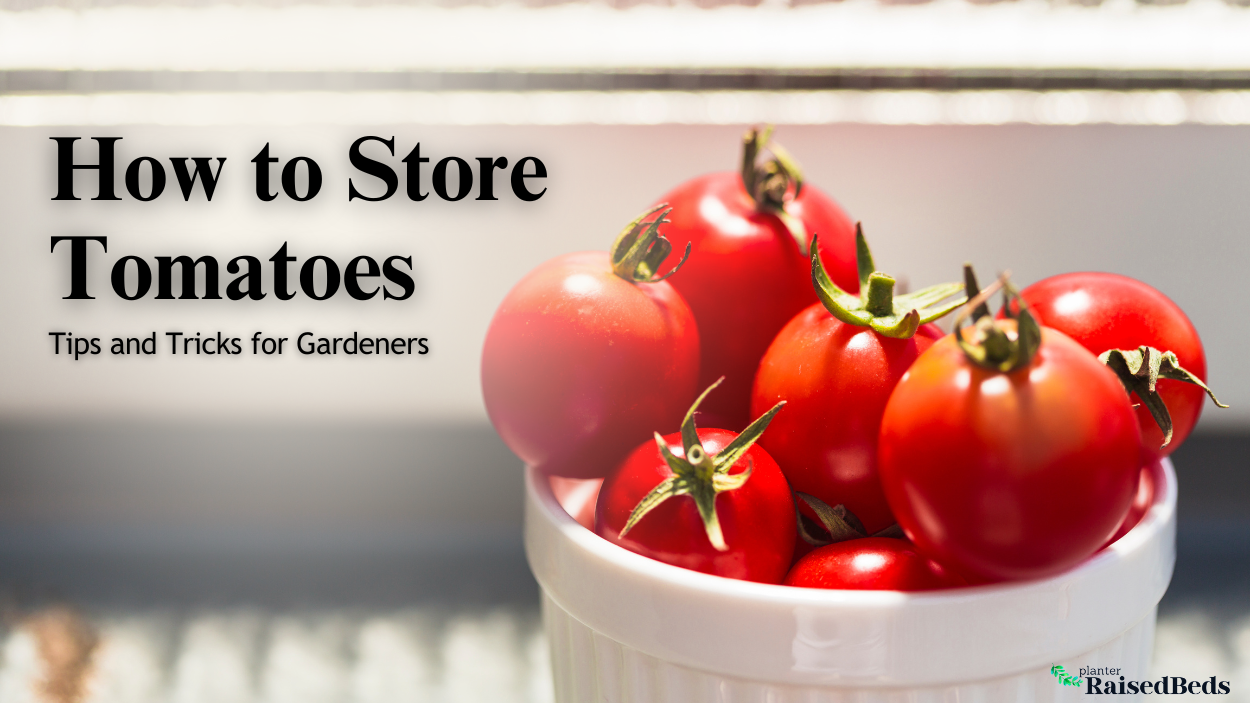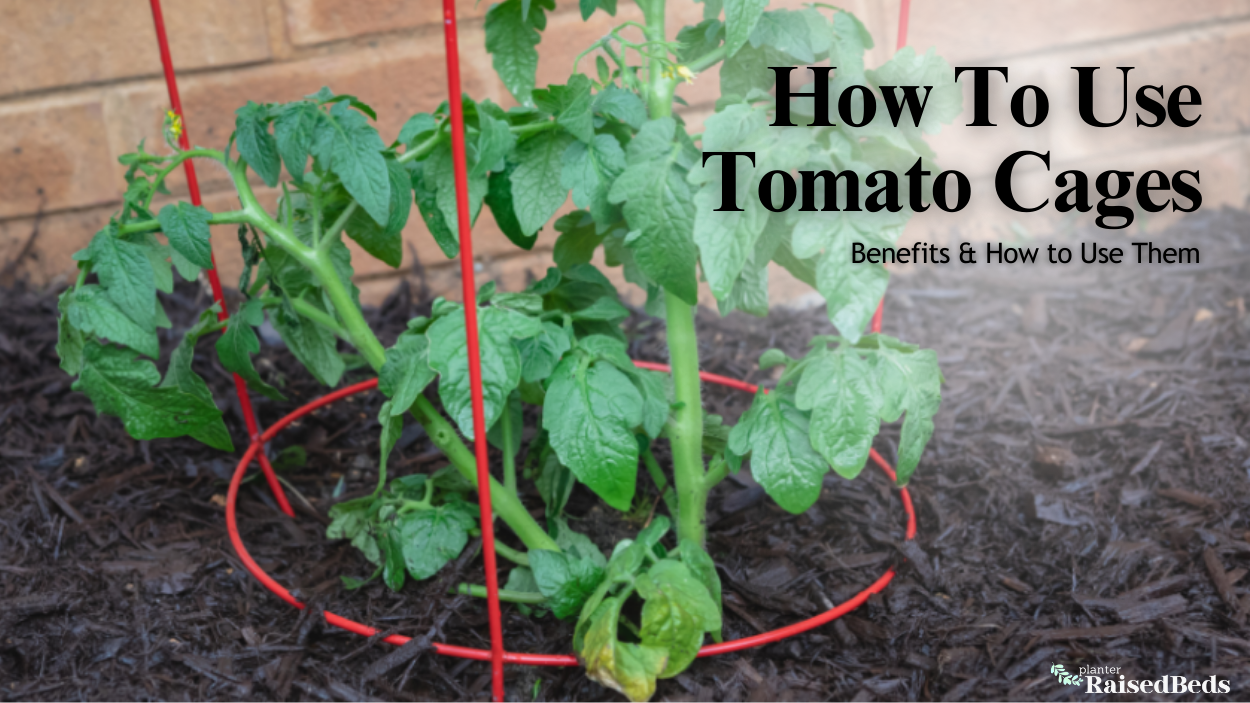According to scientific studies, cherry tomatoes have many essential nutrients for humans such as vitamin A and vitamin C, and natural vitamin K. Cherry tomatoes are also known as foods that help improve eyesight, prevent prostate, stomach, lung, and uterine cancers, and reduce blood sugar. For people with insomnia, eating cherry tomatoes also works to help improve sleep better.
Characteristics of Cherry Tomatoes
Common Name: Cherry Tomato
Scientific Name: Lycopersicum esculentum Miller
Soil: pH 6.2 to 6.5
Light: Medium
Water: Medium
Types of Cherry Tomatoes
There are numerous types of cherry tomatoes, each with its own unique characteristics, flavor profiles, and colors. Here are some popular varieties:
1. Sweet 100: A classic cherry tomato variety recognized for its outstanding sweetness, Sweet 100. It bears clusters of little red tomatoes with a strong flavor.
2. Sun Gold: Sun Gold is a popular orange-colored hybrid cherry tomato variety. It is well-praised for its exceptional sweetness and fruity flavor.
3. Grape tomatoes: Grape tomatoes are elongated cherry tomatoes that look like tiny grapes. They have a sweet and somewhat tangy flavor and come in red and yellow variations.
4. Black Cherry: When completely ripe, Black Cherry tomatoes have a rich purple-black hue, as the name suggests. They have a deep, smokey flavor and are valued for their rarity.
5. Sweet Million: Sweet Million is a prolific cherry tomato variety that produces many small, red fruits. They have a sweet taste and are great for snacking or adding to salads.
Aspects To Remind When Growing Cherry Tomatoes
When growing cherry tomatoes, there are several important aspects to keep in mind to ensure successful cultivation. Here are some key considerations:
1. Sunlight
One of the most critical factors that affect your cherry tomatoes-growing is sunlight. These plants need a lot of sunlight in order to grow healthily and best when they receive enough sunlight every day. Normally, it is best if your cherry tomatoes receive 6 to 8 hours of direct sunlight daily.
However, it is also important to keep in mind that hot summer temperatures and intense sunlight can sometimes lead to sunscald or sunburned fruit. If so, you can avoid it by considering providing some shade for your cherry tomatoes during the noon – the hottest part of the day for example using protective coverings like shade cloth or row covers.
2. Soil
The soil plays a crucial role in growing cherry tomatoes successfully. Choose well-draining soil, rich in organic matter like compost or aged manure. Aim for a slightly acidic to neutral soil pH of 6.0 to 7.0. Provide a balanced supply of nutrients using slow-release fertilizers or organic amendments. Maintain consistent soil moisture without overwatering. Mulch around the plants to conserve moisture and regulate soil temperature. Ensure good drainage to prevent waterlogging. Healthy soil sets the stage for thriving cherry tomato plants and abundant harvests.
3. Spacing
Proper spacing is crucial when growing cherry tomatoes. Space plants about 24 to 36 inches (60 to 90 cm) apart to allow for adequate airflow and prevent disease spread. Leave 36 to 48 inches (90 to 120 cm) between rows for easy access and maintenance. Consider staking or trellising for vertical support. When growing in containers, choose a size that accommodates the plant's root system and allows for spreading. Adequate spacing promotes healthy growth and facilitates maintenance and harvesting.
4. Pest and disease management
Pest and disease management is crucial for growing healthy cherry tomatoes. Regularly monitor plants for pests and diseases, implementing integrated pest management techniques such as cultural, biological, and organic controls. Practice good garden hygiene, including removing plant debris and practicing crop rotation. Consider disease-resistant varieties, companion planting, and organic pest control methods. Harvest ripe tomatoes promptly and maintain weed control. Seek local resources for specific guidance. Vigilance and proactive measures help ensure a successful and pest-free cherry tomato harvest.
Growing Tips For Cherry Tomatoes
Tip 1: Choose the Right Varieties:
Select cherry tomato varieties suited to your climate, such as early-maturing varieties for shorter growing seasons or heat-tolerant varieties for hot regions. Consider factors like flavor, size, and disease resistance when choosing varieties.
Tip 2: Pre-Warm the Soil:
Before planting, pre-warm the soil by covering the planting area with black plastic or using row covers. This technique helps raise soil temperature, which cherry tomatoes prefer for optimal growth.
Tip 3: Provide Consistent Moisture:
Cherry tomatoes need consistent moisture to prevent issues like blossom end rot. Consider using drip irrigation or a soaker hose to deliver water directly to the soil and avoid wetting the foliage.
Tip 4: Bottom Watering:
To prevent water splashback and potential disease spread, consider bottom watering your cherry tomato plants. Place water-filled containers near the plants, allowing them to absorb water through the roots.
Tip 5: Use Reflective Mulch:
Reflective mulch, such as aluminum foil or silver-colored mulch, can be placed around cherry tomato plants to increase sunlight reflection onto the lower leaves. This can enhance photosynthesis and promote healthier plant growth.
Tip 6: Foliar Feeding:
Occasionally, supplementing the soil nutrients with foliar feeding can provide an extra boost to cherry tomato plants. Dilute a balanced liquid fertilizer and spray it on the leaves, following the instructions provided.
Tip 7: Remove Diseased Leaves:
Promptly remove any diseased leaves from the plants to prevent the spread of diseases. Dispose of the affected plant material properly, away from the growing area.
Frequently Asked Questions
Q1: When is the best time to plant cherry tomatoes?
A1: Cherry tomatoes are typically planted after the danger of frost has passed and when soil temperatures have warmed up, which is usually in the spring. This timing may vary depending on your specific location and climate.
Q2: How often should I water my cherry tomato plants?
A2: Cherry tomato plants require consistent moisture, so it's important to water them regularly. Generally, aim to provide about 1-2 inches of water per week, either through rainfall or supplemental irrigation. Monitor the soil moisture and adjust the watering frequency as needed, avoiding overwatering or letting the soil dry out completely.
Final Thought
It's fantastic if your garden is both beautiful and healthy. We've combined our knowledge and personal cherry tomato-growing experience for your benefit. If you found this post beneficial, please share it with other gardeners.




